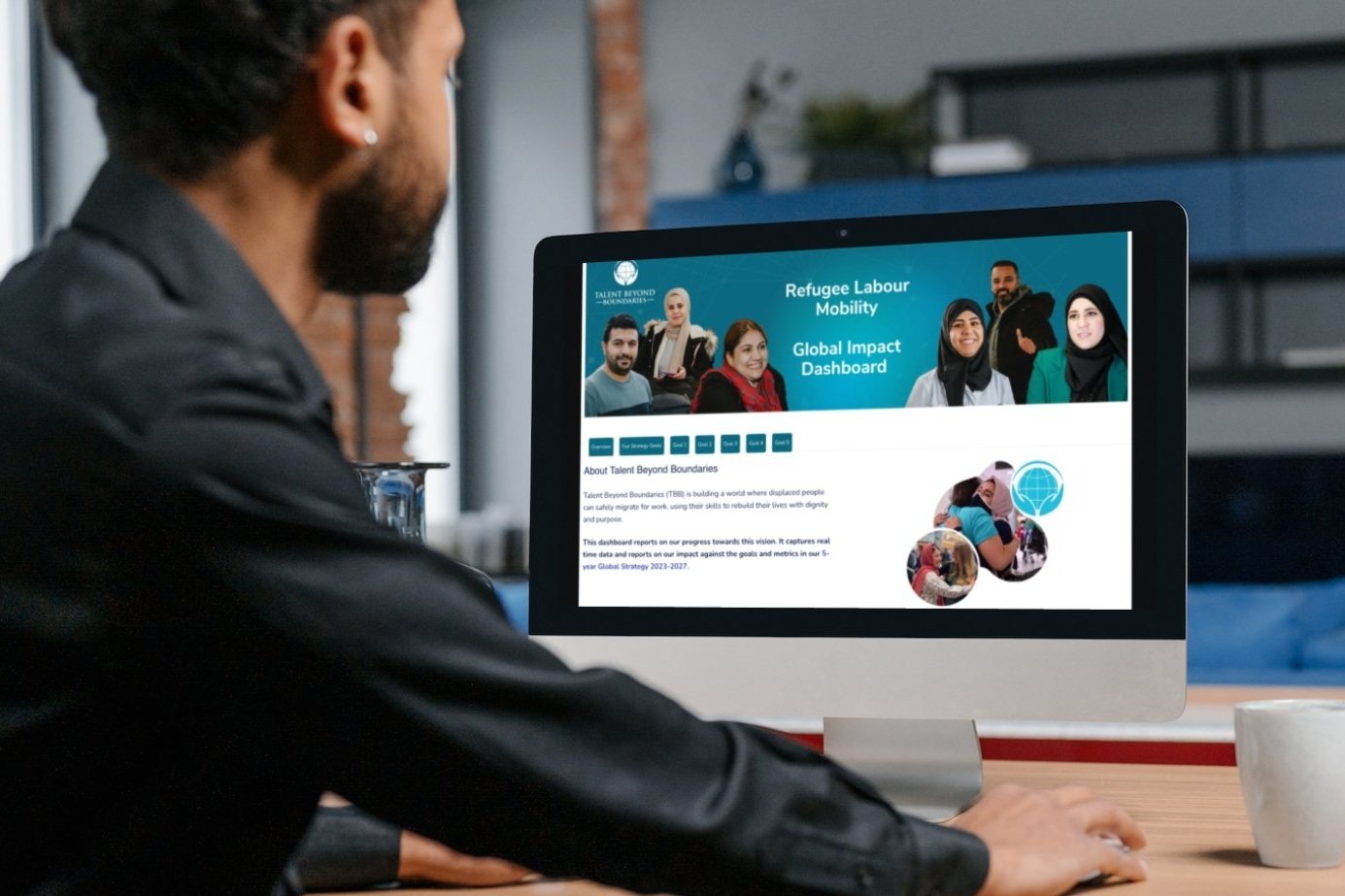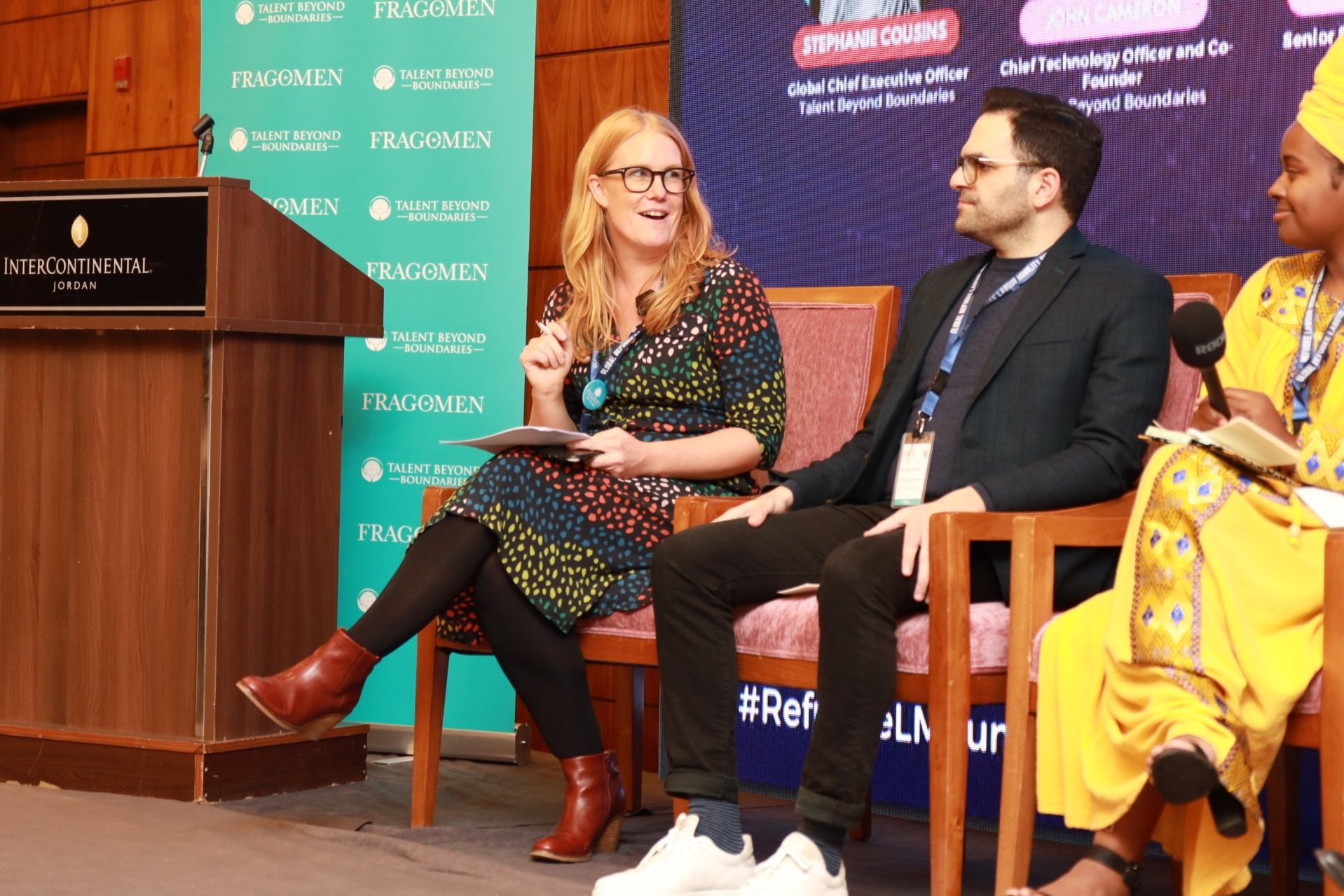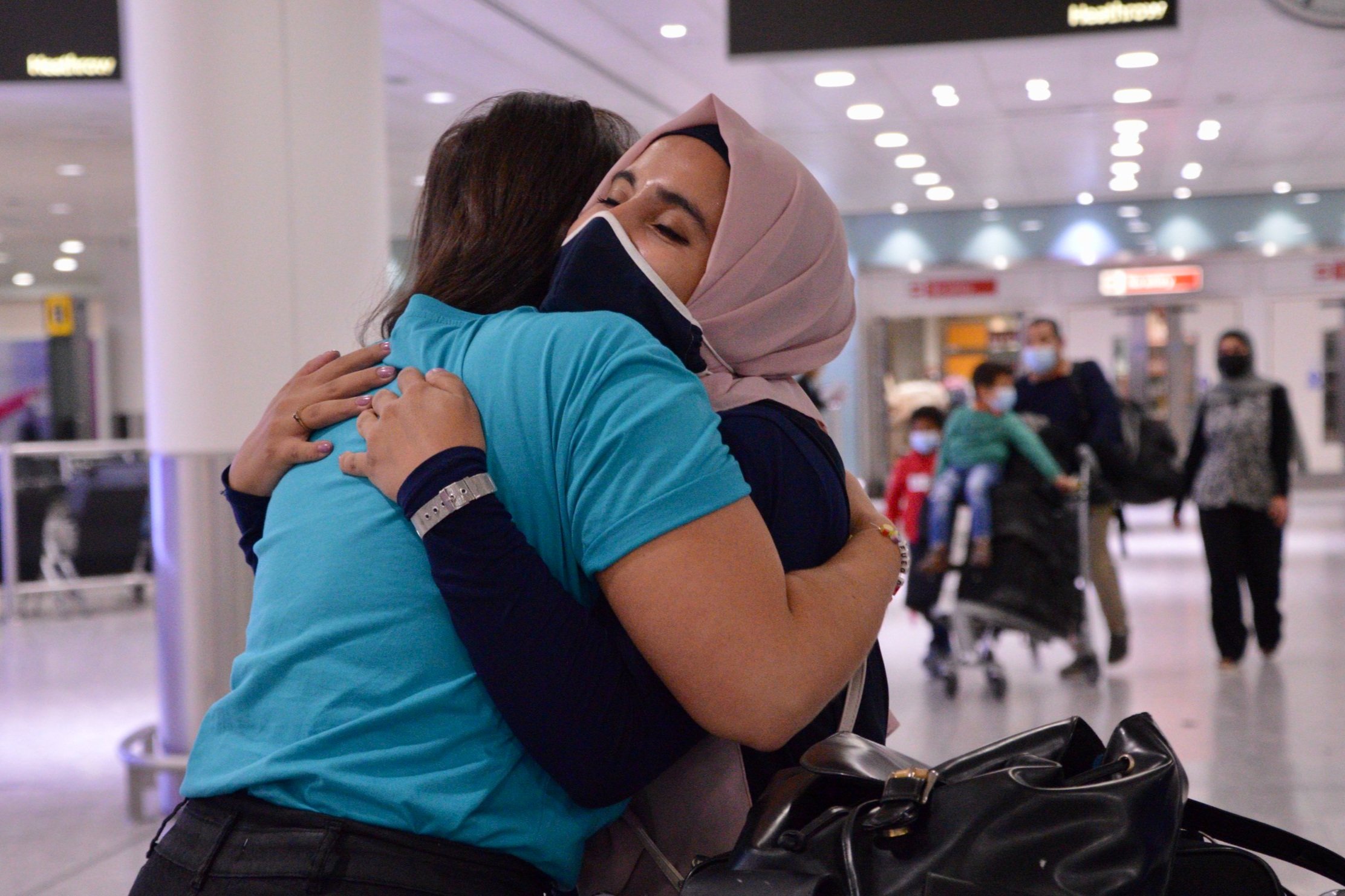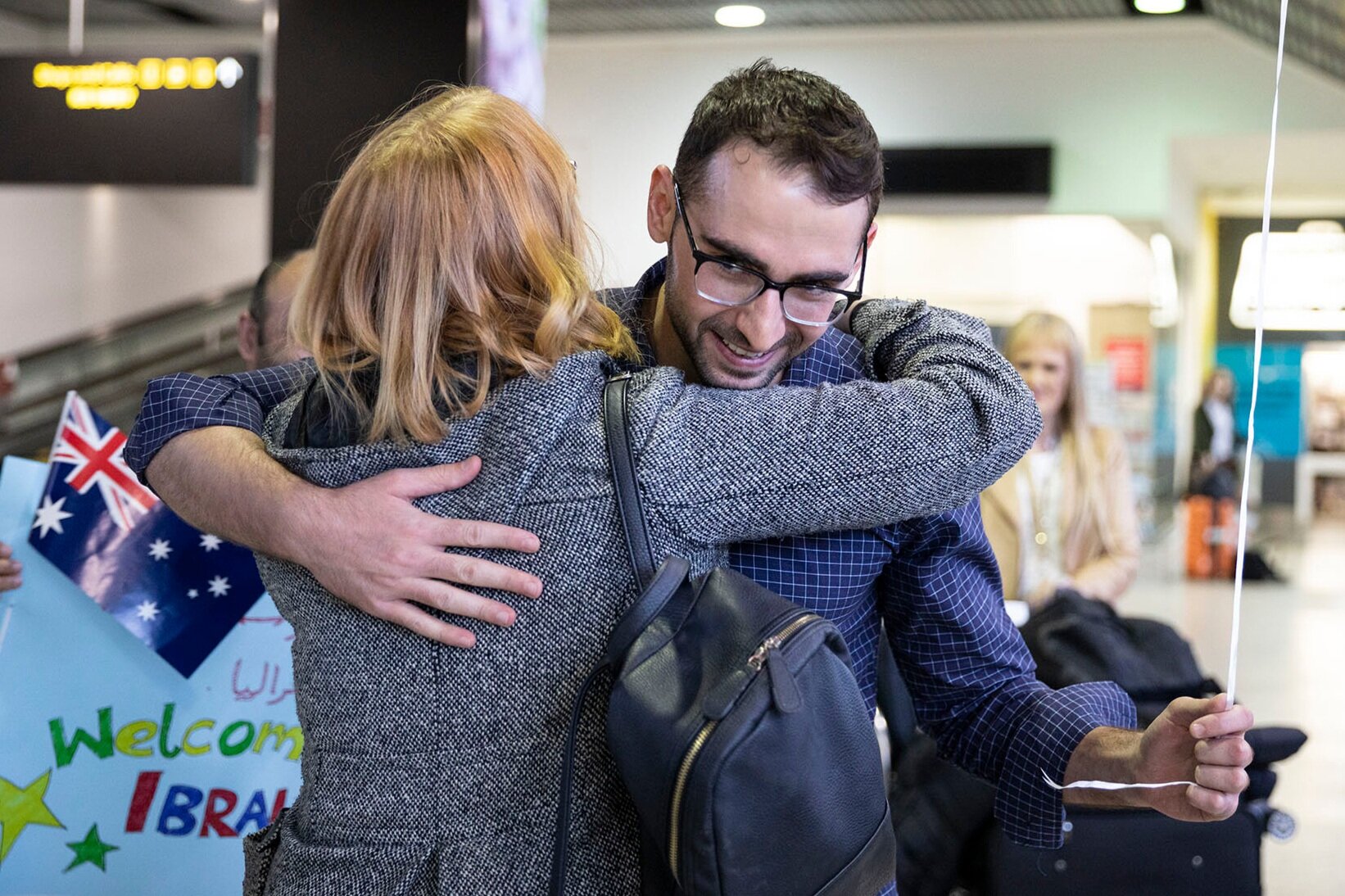
Our mission and vision
What if we could help millions of refugees, simply by recognizing their skills?
The scale of the global refugee crisis demands that we look beyond traditional responses like aid and humanitarian resettlement.
Refugees are an untapped wellspring of talent and skills but lack opportunities. Refugees are doctors, engineers, skilled trade workers, software developers, and more. Yet many find themselves in countries where they don't have the right to work locally and are locked out of skilled migration systems.
We are transforming skilled migration systems for refugees by removing barriers, creating new opportunities, and rewriting the story of displacement.
Our vision is a world where displaced people can safely migrate for work, using their skills to rebuild their lives with dignity and purpose.
The result is win-win: for refugees and their families, for employers and local economies, and for under-resourced host countries.
TBB was the first organization in the world to focus on refugee labor mobility as a complementary pathway, but we believe that a collaborative approach is the fastest and best route to a more equitable system. That’s why we’re committed to sharing resources and supporting governments and others in replicating and expanding on this critical work.
Video: Our UK Director, Marina Brizar, reflects on her own lived experience of displacement, and the promise of labour mobility for refugees.

Our strategy to scale displaced talent mobility
We know displaced people have the skills that employers desperately need, and that governments can make practical adjustments to their skilled migration schemes to make them accessible to refugees.
With more than 100 million forcibly displaced people in the world today, scaling this solution is both a moral imperative and an incredible opportunity to unleash potential.
Our Global Strategy 2023-2027 details how we will help thousands of people to benefit from skilled migration over the coming years, while establishing the foundations for the sustainable growth of this solution beyond 2027.
How we change systems
Strategic goals 2023-2027
Goal 1: Skilled immigration pathways are open to refugees
At least 27 countries will open up their skilled admissions programmes to refugees and other forcibly displaced people, providing additional pathways to durable solutions at scale
TBB advocated for and has helped to establish labour mobility pilot schemes for refugees and other forcibly displaced people in Australia, Canada, and the UK. Over the next five years we will work to transform these into established, ongoing programmes. In order to establish displaced talent mobility as a sustainable solution for refugees, it needs to be adopted by a critical mass of countries, on par with and additional to traditional humanitarian resettlement.
Progress chart: Current number of countries to establish displaced talent visa programmes. Goal = 27 by end of 2027.
Goal 2: Displaced people can access the pathways
More than 15,000 displaced people will migrate on labour mobility pathways, utilizing assistance provided by a range of organizations mobilized to support displaced talent mobility.
To achieve this goal we will significantly grow our own job-matching operations, as well as support a growing ecosystem of organizations to include displaced talent mobility within their own operations. In addition, we will fully transition to a global talent sourcing approach - whereby displaced people are supported to access labour mobility pathways, irrespective of their location.
Progress chart: Current number of people assisted to secure a migration solution through a displaced talent visa programme. Goal = 15,000 by end of 2027.
Goal 3: The private sector is driving the solution
Hundreds of businesses globally will adjust their international talent acquisition strategies to include forcibly displaced people and will be supporting the skilled visas of refugees on a regular basis.
Employment pathways for refugees will become a mainstream solution if they work for employers. Skills shortages in many countries are likely to persist, so we need to demonstrate to employers that displaced people are a talent pool worth exploring and investing in.
Progress chart: Current number of employers globally who have extended job offers to displaced job seekers. Goal = 320 by end of 2027.
Goal 4: The global refugee and migration system adapts
Governments and global multilateral institutions will establish policy positions and agreements that provide an international normative basis for the sustained expansion of labour mobility pathways for refugees.
Over the next five years we will build from this foundation a more robust normative framework and a community of champions to guide adoption of displaced talent mobility programmes. In this way, we will contribute to the body of agreed principles or 'soft law' centring displaced talent mobility programmes as a core part of the international refugee and migration system.
Goal 5: The solution is sustained through technology and partnerships
Refugees, employers and organisations engaged in labour pathways will be visible to one another and connected through shared use of technology and data, enabling a vibrant marketplace where job matches can efficiently scale.
To scale to enable thousands and eventually millions of refugees to move on labour pathways, we need to automate as much as possible and enable a wide range of stakeholders to do their part. We need to build a marketplace within which refugees and employers can connect organically, without TBB necessarily being in the middle of the process.
Progress chart: Current number of partner organizations using the Talent Catalog to facilitate refugee labour mobility. Goal = 24 by end of 2027.
Spotlight on TBB
How did we get here?
In 2014, US attorneys Mary Louise Cohen and Bruce Cohen began exploring labour mobility for refugees as Fellows with the Harvard Advanced Leadership Initiative. They refined their ideas through consultation with refugees, advocacy organisations, and UN agencies in Beirut.
Around the same time, Australian tech entrepreneur John Cameron created a proposal for an international 'refugee jobs marketplace' which Amnesty International presented to the Australian government of the time. His inspiration was a meeting at an Amnesty event with a Kurdish refugee working for them on the Turkish Syrian border. Following a positive reaction to his proposal he organised a taskforce of experts to explore and promote the idea.
When they learned about each other, Mary Louise, Bruce, and John joined forces and the global nonprofit Talent Beyond Boundaries (TBB) was born in 2016.
Pictured: Founders John (left), Mary-Louise (second from right), and Bruce (right), with the first refugee candidate to relocate through TBB’s programme - Syrian Software Developer, Tarek (second from left).
